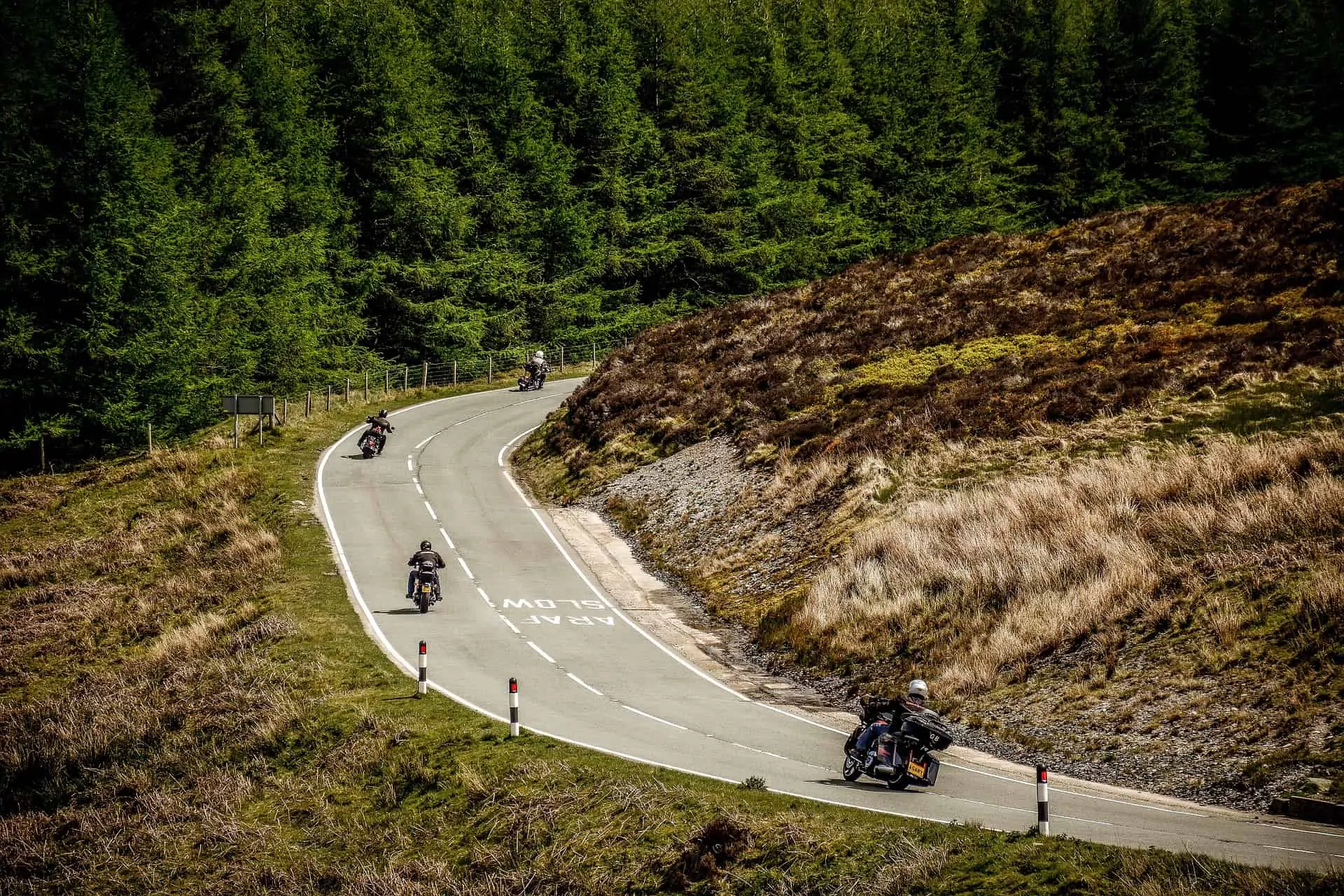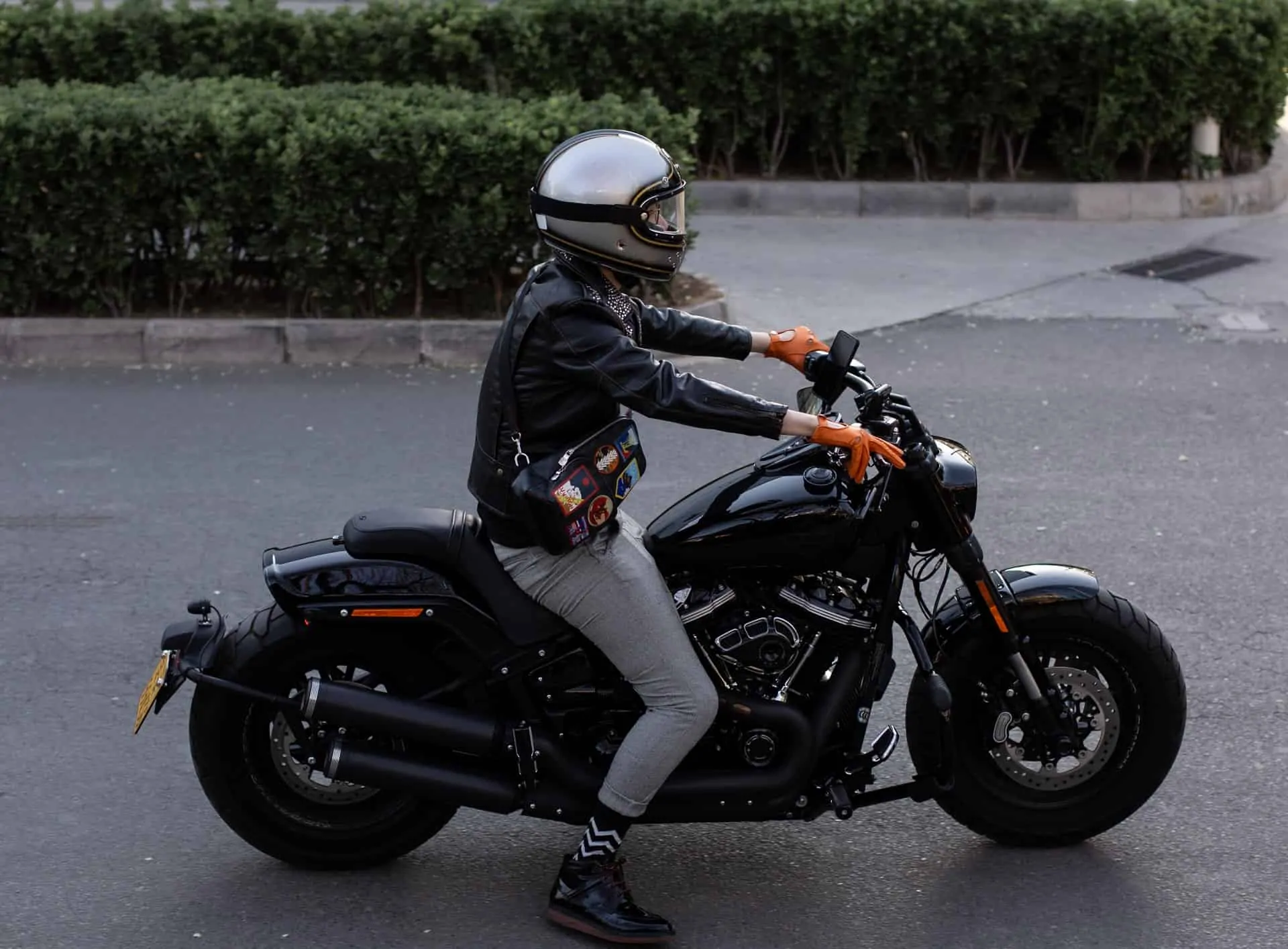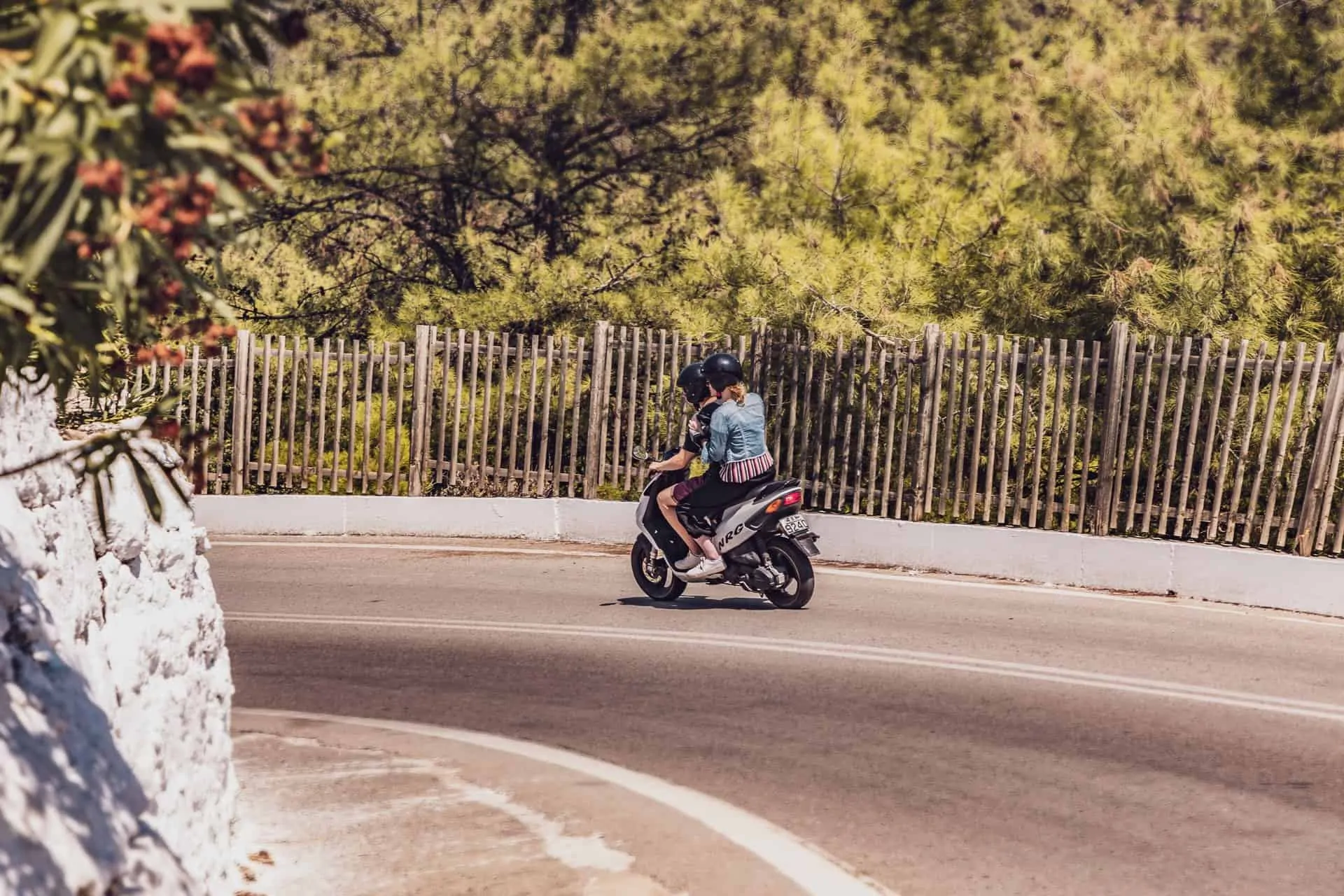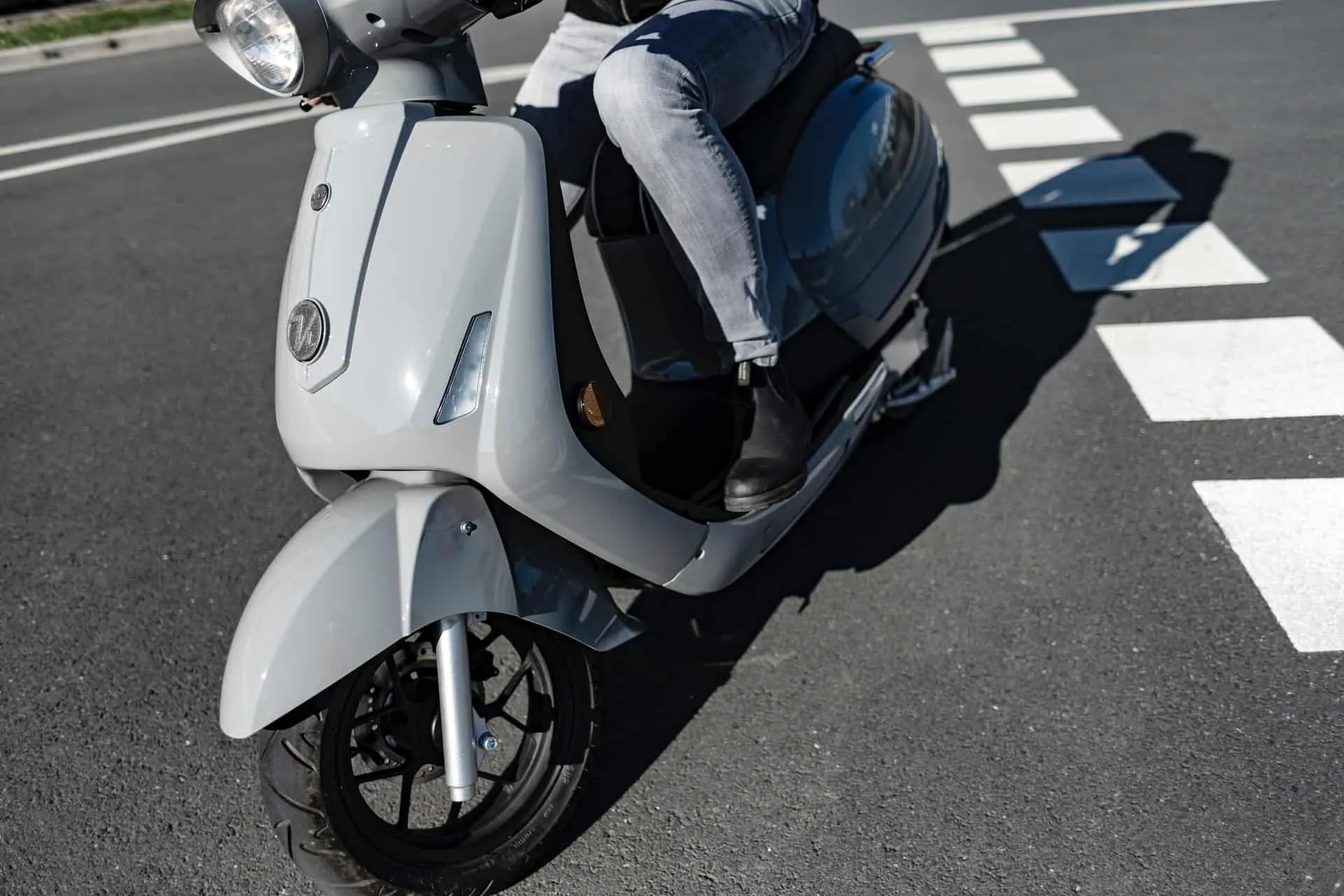Motorcycle cornering is a useful motorcycle trick, both for casual riding and professional racing. It allows the rider to cut corners and save time in the process.
The main steps for cornering for beginners include:
- Scouting the corner
- Slowing down while approaching
- Steering into the corner
- Cornering
- Accelerating at the apex to exit the corner
The key is to practice consistently until cornering becomes instinctive and natural for you. As a beginner, it is important to always be mindful before, during, and after the execution of the technique.
Scout The Corner
Follow the curve of the corner with your eyes. Keep your head up and avoid looking down on your handlebars. You should also avoid fixating on your surroundings and simply focus on the path you wish to follow. Give the curve a quick overview and watch out for manholes, road humps, and other impediments. You should also keep an eye out for any approaching vehicles.

Slow Down
As you approach the corner, slow down to a reasonable speed by pressing on the brakes. Going too fast can make you bend too low as you go around the corner. Go down one level on the gearbox to rev your engine as you pass the corner. Do these ten to fifteen feet away from the turn.
Steering Into The Corner
Begin steering when you finally see the curve and the path after the corner. Slightly push on the handlebars to steer. Steer right to go right, and vice versa. Only use your inside arm to steer. This technique prevents any contradicting or excessive force from your other arm. More force is necessary if you are going at high speeds. Do this subtly because any sudden move can make you lose your balance.
Observe the correct body posture while cornering. Slightly lean your body forward. Make sure your spine is lowered close to your motorcycle. Your arms must be bent and relaxed. Your grip on the handlebars should be relaxed. Don’t place your body weight on the handlebars. Keep your elbows low and, as much as possible, at the same level of the handlebars.
Cornering
As a beginner, you will naturally go around a corner in a “V” shape rather than a graceful “C.” Keep practicing until you can do curves. Every inch of ground clearance matters.

The main thing to do while cornering is to relax and let gravitational and aerodynamic forces take over. Keep the throttle at neutral so that the motorcycle will turn faster. Don’t lean close to the ground right away if you don’t know how to counter-steer. Don’t hesitate to gather rev in the motorcycle engine because this will guarantee a smoother exit.
Midpoint Of The Corner
The midpoint of the corner is also known as the apex. At this point, the exit of the corner will be visible. Gently accelerate by opening the throttle and releasing the brakes. Simultaneously counter-steer so as to regain your balance. The combination of the acceleration and the counter-steering will put you in an upright position in no time.
Gears And Throttle
It is advisable to do cornering with a neutral throttle to air on the safe side. If you are already skilled enough, you can practice managing the speed using the throttle. Braking should always be performed gently and progressively. Go down the gear as you ride around the corner. Never accelerate while you are approaching a corner because you will lose your balance. After shifting gears, you can approach with a slightly positive throttle. The goal is not to increase the acceleration but to prevent deceleration.

Picking A Line
The line refers to the pathway you’ll follow, from entering the corner to exiting it. There are actual lines on a racetrack but the same principles can be applied to casual driving. The line means the point at which you’ll decide to make a turn around the corner. For example, early turns around the corner can unnecessarily widen the arch you need to cover.
It is advisable to keep the turn as late as possible. This is more stable and safer for beginners because there is more time to assess the corner and make the correct decision on how to best maneuver the motorcycle through the corner. The extra second can be dedicated to braking or shifting gears. That makes all the difference in the cornering technique.
Your Motorcycle Model Matters
Not all types of motorcycles perform the same way when going around a corner. Sport bikes are very responsive to steering yet a bit unstable when cornering. Cruisers are less responsive yet more stable. Modern models are more balanced and are less likely to topple over compared to older models.
It’s all about practicing consistently with your motorcycle model so that you’ll know exactly what to do in order to make your motorcycle corner flawlessly. Be mindful of your body posture because it greatly influences your cornering technique.
